Lacock Abbey and Village, Fox Talbot Museum and night photography in Bath
- Jessica Emanuel
- Nov 28, 2017
- 1 min read
Last week, students visited Lacock Abbey, Fox Talbot Museum and Village. Lacock Abbey is a country house in Wiltshire with monastic roots, once home to William Henry Fox Talbot, who was a British scientist, inventor and photography pioneer.
The Abbey, located at the heart of Lacock village within its own woodland grounds, is a quirky country house of various architectural styles, built upon the foundations of a former nunnery.
The museum celebrates the achievements of former Lacock resident, William Henry Fox Talbot, famous for his contributions to the invention of photography.
August 01, 1835 - Photogenic drawing negative by William Henry Fox Talbot (1800-1877). Taken with the Camera Obscura, this photograph is the earliest camera negative in existence.

Several different sized images of this view exist, testifying to Talbot’s attempts to reduce exposure times. Talbot invented the first negative/positive process between 1835-1839, patenting it as the calotype process in 1841. For the first time any number of prints could be made of a single image, from the negative. Lacock, Talbot’s family home, now houses a photography museum and is open to the public.
On the way back home, the students stopped in Bath to produce some photography at night with some beautiful results.
Slideshow photographs above by David Bessant.
Slideshow photographs above by Marie Ward.



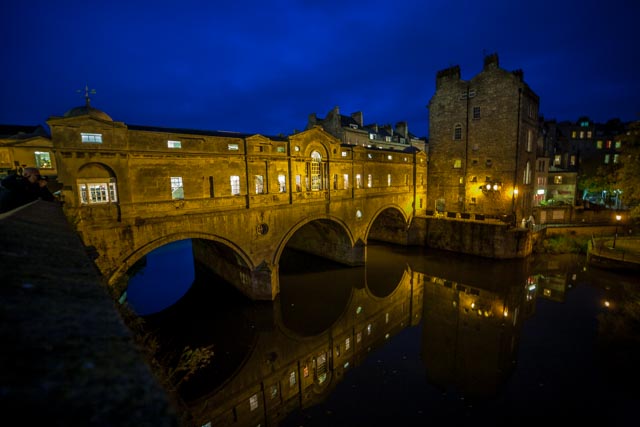



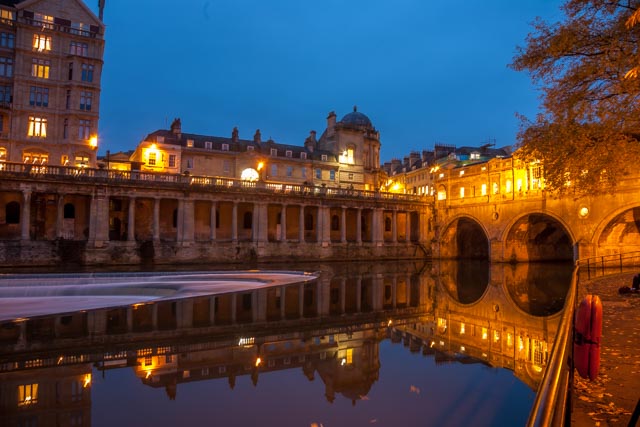

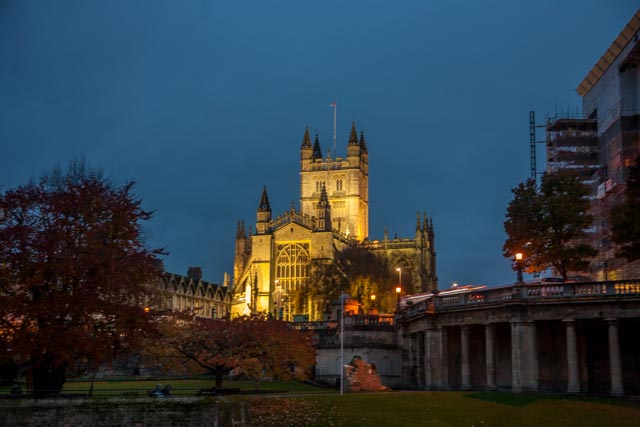

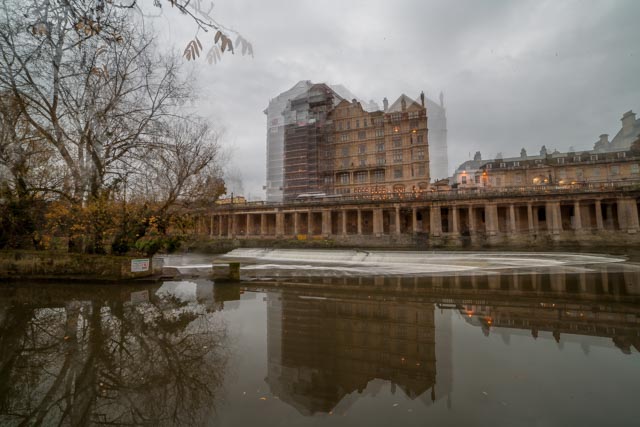
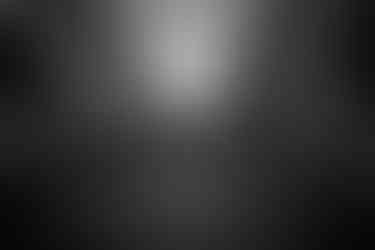


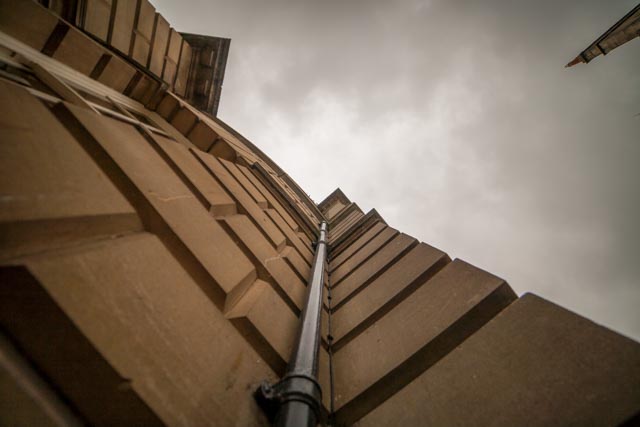

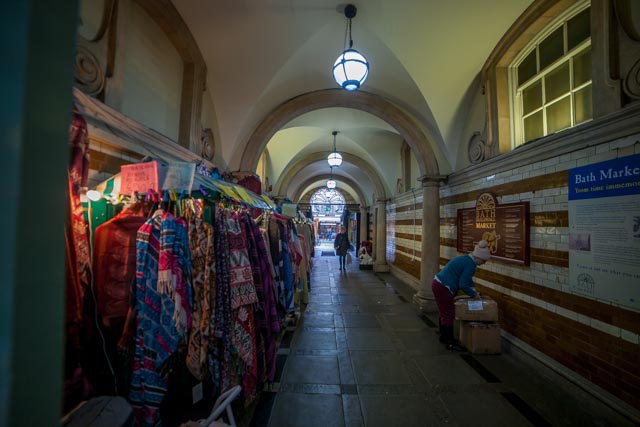



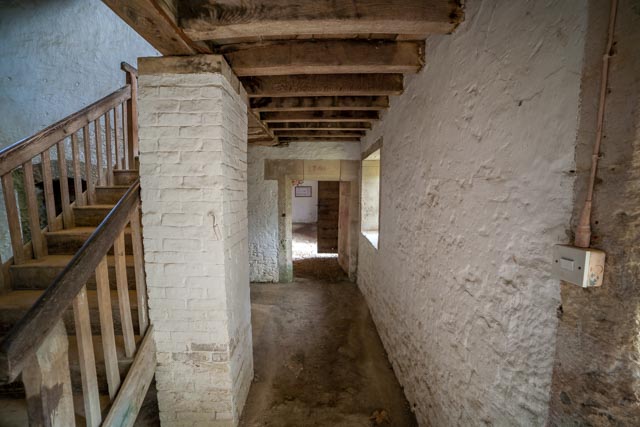
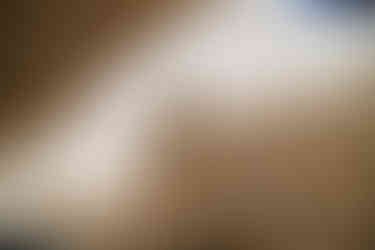


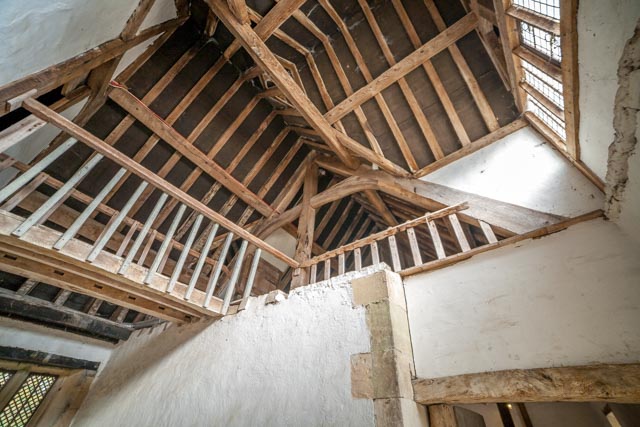
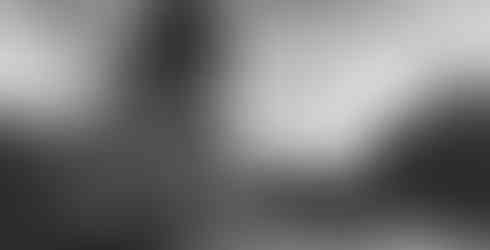

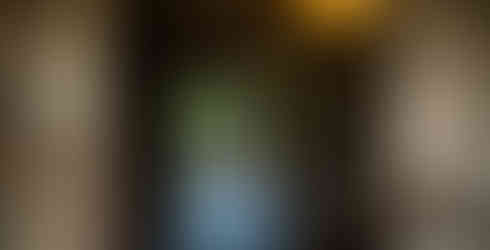







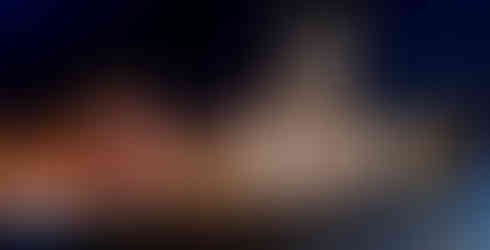



























Comments